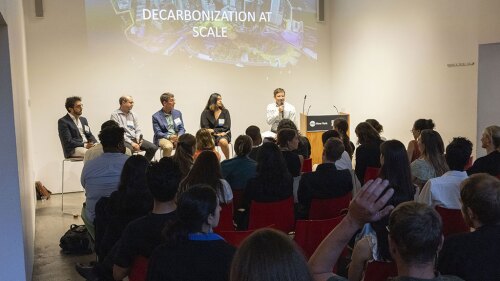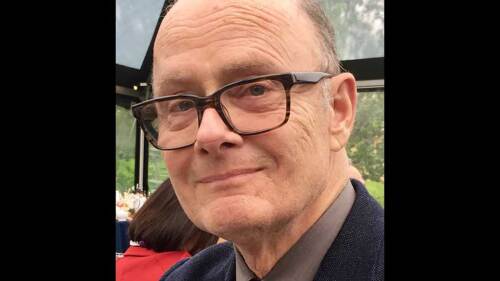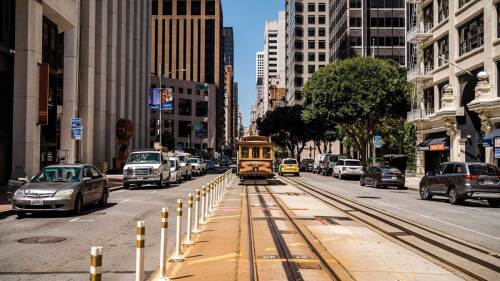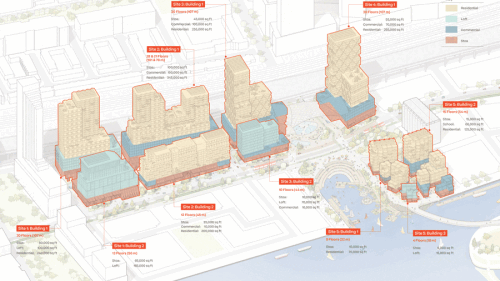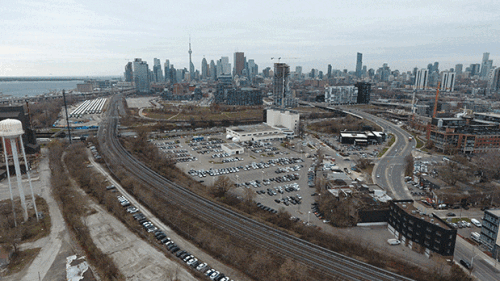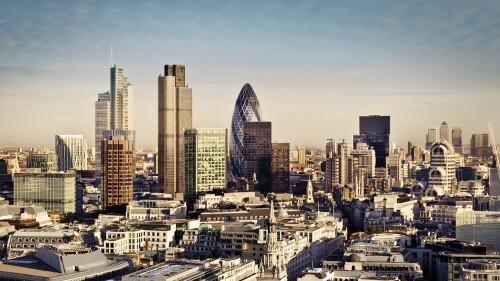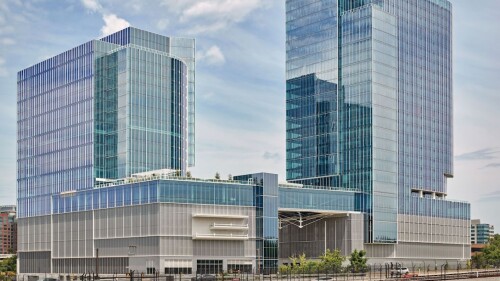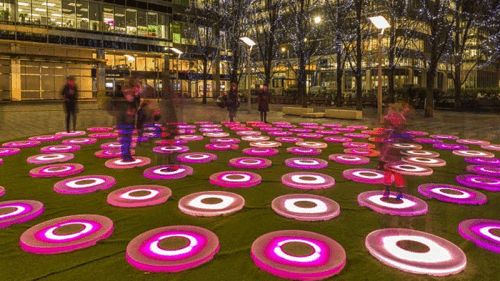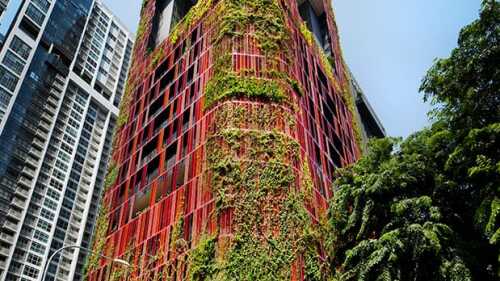Markets
Chicago
After nearly eight years, workers are returning to a former General Electric factory in Fort Wayne. A complex financial package helped create a new home for one of Indiana’s largest employers at this postindustrial site in the U.S. Midwest.
Internationally acclaimed Chicago architect and Studio Gang founder, known for bringing a sustainable approach to tall buildings, to receive the prestigious ULI Prize for Visionaries in Urban Development.
Investors who specialize in “deconverting” condo properties back into rentals are finding opportunities. But the deals take patience and fortitude.
Dallas
Texas markets are meeting a healthy demand for multifamily housing from millennials who are reaching renting age and baby boomers who are downsizing, while attracting investment from around the United States. At a recent conference, speakers said that fundamentals were generally strong with higher cap rates possible in tertiary markets such as Midland-Odessa, Waco, and Lubbock.
By using 3-D printers to build lightweight but strong plastic frameworks for conventional building materials such as concrete, builders may soon be able to create complex structures with unorthodox shapes and contours that would be difficult or even impossible with today’s construction methods, said a speaker at the ULI Fall Meeting in Dallas. And better yet, they will be able to fashion intricate, customized interiors and exteriors at no additional cost.
A new ULI program that helps office tenants design and manage their spaces to reduce energy consumption could help the real estate industry reduce emissions that are driving climate change. But at the program’s rollout at ULI’s 2016 Fall Meeting in Dallas, panelists said that the new ULI Tenant Energy Optimization Program is likely to have a more far-reaching impact than that of many previous environmental initiatives because it offers a compelling, well-documented business case that energy efficiency can generate a lucrative return on investment.
Los Angeles
Despite the headwinds to rebuilding quickly and efficiently, just after the worst of the Los Angeles fires, ULI Los Angeles joined UCLA Ziman Center for Real Estate and the USC Lusk Center for Real Estate to shape a response plan, created in just six weeks.
Within days of the fires, the three institutions formed a Rebuild Advisory Committee. The Project Recovery report, produced by about 100 leading experts in land use, urban planning, and economic development, offers in-depth technical analysis and actionable recommendations to accelerate recovery and build long-term resilience in communities.
On January 7, 2025, when sparks began igniting the communities of Pacific Palisades, Malibu, Pasadena, Altadena, Hollywood, and others, the city of Los Angeles had been struggling to produce 486,379 new housing units by 2029, a number mandated by California’s Regional Housing Needs Assessment (RHNA) to address the shortfall.
New York City
Hundreds of events are scheduled September 22-27 for Climate Week NYC 2024, an annual event that drives climate action by those at the very top of business and politics, but also by communities, artists, and activists. This year’s theme: It’s Time. The built environment is a part of the dialogue, as are cross-sector issues like circular economy, water, finance, biodiversity, adaptation, health, environmental justice, policy, and more. With more than 600 events to choose from, it’s easy to assemble a perfect, customized itinerary for the week.
On August 14, ULI New York and the Holcim Foundation hosted a sold-out event on “Decarbonization at Scale,” a topic that has never been more critical for the future of the built environment in North America.
The winners of the ULI Americas Awards for Excellence become finalists for the 2024 ULI Global Awards for Excellence, competing against projects from the Europe and Asia Pacific regions. The awards are open to projects and programs in the ULI Americas region that are substantially complete, financially viable, and in stable operation. The program evaluates submissions on overall excellence, including achievements in marketplace acceptance, design, planning, technology, amenities, economic impact, management, community engagement, innovation, and sustainability, among others.
San Francisco
Joseph E. Brown, a pioneering landscape architect, urban planner, and ULI Life Trustee who championed innovation and interdisciplinary collaboration to solve challenges in the built environment, has passed away at the age of 77. A ULI member for more than three decades, Brown served in many leadership roles in the organization and was a tireless champion of his home district council, ULI San Francisco.
AI, redefining what is possible
How seven U.S. cities are tackling the future of downtowns
Toronto
“Cities need to grow to thrive,” Dan Doctoroff said. “But we can’t take growth for granted.” Doctoroff is the chairman and CEO of Sidewalk Labs, a subsidiary of Google parent Alphabet. Doctoroff was speaking at the 2020 ULI Europe Conference.
In the Waterfront Toronto RFP for Quayside, Alphabet’s Sidewalk Labs saw a key opportunity for a demonstration project unbound by the conventions of traditional urban planning or real estate economics. This was something new: a chance to innovate at the urban scale, to develop, deploy, and measure the success of a web of new technologies in an actual neighborhood.
A graduate student team from Cornell University, two teams from the Georgia Institute of Technology, and a team from the University of Maryland have been selected as the four finalists for the 16th annual ULI Hines Student Competition, an ideas competition that provides students the opportunity to devise a comprehensive design and development scheme for a large-scale site in an urban area.
London
Despite the monetary headwinds and continued economic uncertainty around the world, there is a strong belief that the global real estate industry is at a “pivot point,” with improving prospects ahead for renewed investment activity, according to the latest Emerging Trends in Real Estate® Global Outlook 2024 from PwC and the Urban Land Institute.
Ten projects take advantage of financial tools that promote environmentally positive development
Despite economic and political uncertainties, a host of market pressures—such as growing connections between sustainability and financial performance, increasing regulations, extreme weather events, and the importance of health and social equity—are driving real estate companies to prioritize sustainability like never before.
Paris
New lending by European banks is likely to remain strictly conservative, limiting liquidity for the European property market.
The problem of city making today does not so much concern making new ones as it does transforming those that already exist-especially suburbs-and edge-city developments. What can the United States learn from French President Nicolas Sarkozy and his goal to remake Paris?
Hong Kong
As the real estate industry focuses increasingly on the mantra of carbon efficiency, owners and occupiers are scrambling to find ways to reduce carbon footprints. A recent ULI conference in Hong Kong brought together experts across a range of disciplines to discuss the migration to net zero for both new and retrofitted buildings.
ULI is excited to announce the launch of Art in Place, a global cohort of the Institute’s National and District Councils working independently and together to connect artists, developers, and community voices. The program is the next step in ULI’s ongoing commitment to creative placemaking focused on the integration of art, culture, and creativity as levers of community revitalization.
Two of Asia’s leading entrepreneurs gave real estate investors a glimpse into the worlds of Web 3.0 and deep tech at the ULI Asia Pacific Summit.
Singapore
Technology is paving the way for a segment of investors, many of whom are “digital natives,” to explore real estate as an additional part of their investment portfolio and participate financially in the real estate sector like never before, said panelists speaking at the 2021 ULI Singapore Annual Conference, held both virtually and in person in early March.
Set against an urban landscape of concrete, steel, and glass in Tanjong Pagar, Singapore’s central business district, Oasia Hotel Downtown (OHD) stands out with its red silhouette clad in lush greenery. An integrated hotel/office development comprising a 27-story, 314-room business hotel and 100 new-age offices, OHD responds to the government’s vision for the precinct earmarked as the island’s next waterfront city with a mix of business, commercial, and residential activities.
Dr. Cheong Koon Hean, chief executive of Singapore’s Housing & Development Board (HDB), was presented with the J.C. Nichols Prize for Visionaries in Urban Development at a January 18 ceremony at the Fullerton Hotel in Singapore.

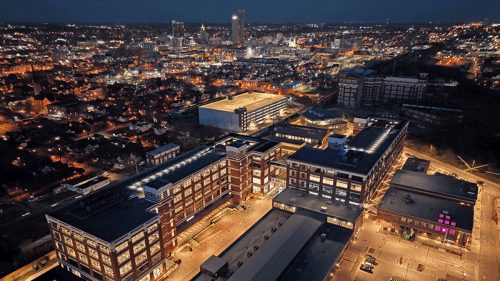
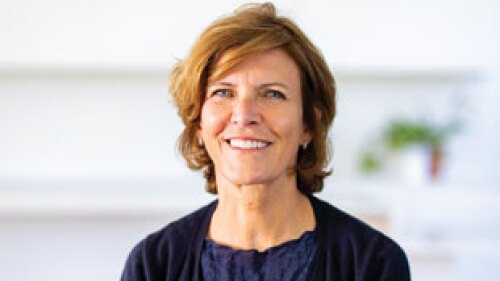
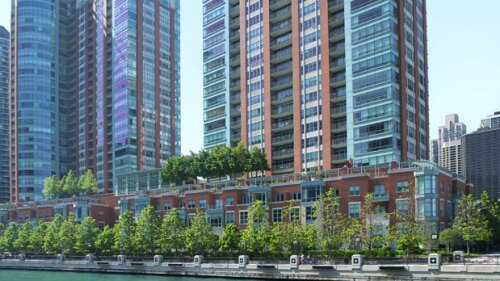


![07[1].jpg](https://cdn-ul.uli.org/dims4/default/2a18780/2147483647/strip/true/crop/4287x2409+0+475/resize/500x281!/quality/90/?url=https%3A%2F%2Fk2-prod-uli.s3.us-east-1.amazonaws.com%2Fbrightspot%2F5a%2F1c%2Fe19541d341af8104a918d841326e%2F071.jpg)



